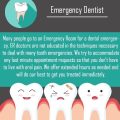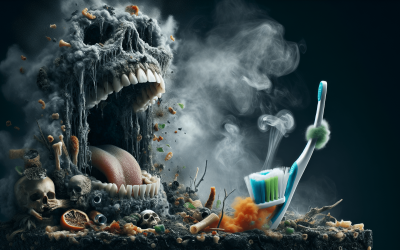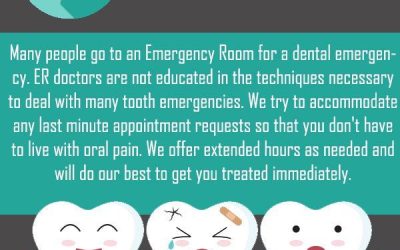If you have ever wondered why your child becomes cranky and fussy during certain phases of their growth, you may be familiar with the concept of tooth eruption pain. Tooth eruption pain is a common occurrence in children as their teeth begin to emerge through their gums, causing discomfort and irritability. As a parent, it is essential to understand the signs and symptoms of tooth eruption pain, as well as effective ways to alleviate your child’s discomfort.
Understanding Tooth Eruption
The Process of Tooth Eruption
Tooth eruption is a natural and necessary process in which teeth emerge from the gums and become visible in the mouth. It starts when the baby is in the womb, with tooth buds forming in the gums. As the baby grows, these tooth buds begin to push through the gums and erupt into the mouth. The process typically begins around six months of age and continues throughout childhood and early adolescence.
Age Range for Tooth Eruption
The age at which teeth erupt can vary from child to child, but there is a general timeline to keep in mind. The first teeth to erupt are usually the lower central incisors, which typically appear around six to ten months of age. This is followed by the upper central incisors, which come in a few months later. The rest of the baby teeth will continue to erupt over the next couple of years. By the age of three, most children will have a full set of 20 primary teeth.
Primary Teeth vs. Permanent Teeth
Primary teeth, also known as baby teeth or deciduous teeth, are temporary teeth that will eventually be replaced by permanent teeth. They serve several important functions, including helping with speech development, enabling proper chewing of food, and holding space for the permanent teeth to come in. The first permanent teeth usually erupt around the age of six, with the process continuing until about age 13. It is important to take care of these primary teeth to ensure the proper development and alignment of the permanent teeth.
Signs and Symptoms of Tooth Eruption Pain
Increased Drooling and Salivation
One of the earliest signs of tooth eruption is increased drooling and salivation. As the teeth push through the gums, the body produces more saliva to help lubricate the area and ease the discomfort. You may notice your child drooling more than usual or constantly having wet clothes or bibs.
Gum Swelling and Sensitivity
As the teeth continue to erupt, the gums may become swollen and sensitive. You may notice redness and inflammation around the areas where the teeth are coming through. The gums may also be tender to the touch, causing discomfort for your child.
Irritability and Disturbed Sleep
Tooth eruption can be a painful and uncomfortable experience for children, leading to irritability and disrupted sleep patterns. Your child may be more fussy and cranky than usual, having trouble settling down or experiencing difficulty sleeping through the night.
Loss of Appetite and Facial Rash
Some children may also experience a loss of appetite during tooth eruption. The discomfort in their gums may make it difficult for them to eat or they may prefer softer foods that require less chewing. Additionally, the excessive drooling can cause a facial rash or chapped skin around the mouth and chin area.
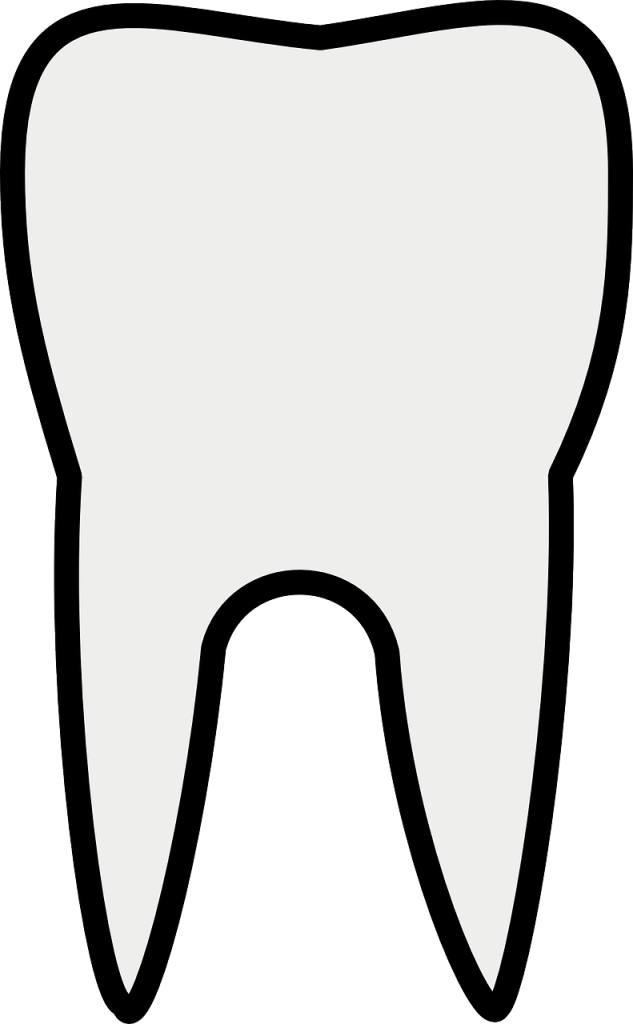
Causes of Tooth Eruption Pain
Pressure and Inflammation
The main cause of tooth eruption pain is the pressure and inflammation in the gums as the teeth break through. This pressure can cause discomfort and soreness, leading to the symptoms mentioned earlier. The gums may also become more sensitive during this time, adding to the pain and discomfort.
Bone Resorption
During tooth eruption, the roots of the primary teeth are resorbed by the body to make way for the permanent teeth. This natural process can also contribute to tooth eruption pain, as the resorption can cause temporary changes in the surrounding bone and tissues. These changes can lead to additional discomfort and soreness in the gums.
Teething Gels and Silicone Teething Rings
Some parents may turn to teething gels or silicone teething rings to help alleviate tooth eruption pain. While these products can provide temporary relief by numbing the gums or providing something for the child to chew on, they should be used with caution. Some teething gels contain ingredients that may not be safe for babies, and teething rings should be cleaned regularly to prevent the spread of bacteria.
Managing Tooth Eruption Pain
Effective Home Remedies
There are several home remedies that can help provide relief for tooth eruption pain. Massaging the gums gently with a clean finger or a clean, damp cloth can help soothe soreness. Applying a cold washcloth or chilled teething toy to the gums can also help numb the area and reduce inflammation. Additionally, offering your child something cold to chew on, such as a chilled piece of fruit, can provide temporary relief.
Over-the-Counter Pain Relievers
If your child is experiencing significant pain or discomfort, you can talk to your pediatrician about using over-the-counter pain relievers. Acetaminophen (such as Tylenol) or ibuprofen (such as Advil) can help reduce inflammation and alleviate pain. However, it is important to follow the recommended dosage for your child’s age and weight and consult with your pediatrician before giving any medication.
Chilled Teething Toys and Pacifiers
Chilled teething toys and pacifiers can be helpful in numbing the gums and providing something for your child to chew on. These toys are designed to be placed in the refrigerator or freezer to cool them down before giving them to your child. The cold sensation can help reduce inflammation and provide temporary relief.
Teething Biscuits and Hard Foods
When your child is older and has started eating solid foods, teething biscuits and hard foods can provide relief during tooth eruption. The gnawing and chewing action can help soothe the gums and alleviate discomfort. However, make sure to supervise your child closely to prevent choking hazards and choose age-appropriate foods.
Avoiding Certain Foods and Drinks
During tooth eruption, it is important to avoid giving your child foods and drinks that may irritate the gums further. Acidic foods and drinks, such as citrus fruits and juices, can cause additional discomfort. Similarly, sugary foods and drinks can increase the risk of tooth decay and should be limited.
Maintaining Good Oral Hygiene
Even though your child may be experiencing tooth eruption pain, it is still important to maintain good oral hygiene practices. Gently brushing your child’s teeth with a soft-bristled toothbrush and fluoride toothpaste can help keep the gums and teeth clean. Avoid using too much pressure or causing additional discomfort during brushing.

When to Seek Professional Help
Persistent and Severe Pain
While some level of discomfort is expected during tooth eruption, persistent and severe pain may require professional attention. If your child is in significant pain that is not relieved by home remedies or pain relievers, it is important to consult with your pediatrician or a pediatric dentist. They can evaluate the situation and determine the best course of action to alleviate your child’s pain.
Fever or Other Signs of Illness
Tooth eruption itself should not cause a fever or other signs of illness. If your child develops a fever, diarrhea, or other symptoms unrelated to tooth eruption, it is important to seek medical attention. These symptoms may indicate an infection or other underlying issue that requires medical intervention.
Excessive Bleeding or Infection
If your child’s gums are bleeding excessively during tooth eruption or if you suspect an infection, it is important to seek professional help. Excessive bleeding or signs of infection, such as swelling, redness, or discharge, should be evaluated by a healthcare professional.
Delayed or Missing Teeth
If your child’s teeth are not erupting within the expected time frame or if you notice any missing teeth, it is advisable to consult with a pediatric dentist. Delayed or missing teeth may be a sign of an underlying dental issue that needs to be addressed.
Preventing Tooth Eruption Pain
Regular Dental Check-ups
Regular dental check-ups are essential for both children and adults. By taking your child to the dentist regularly, any potential issues can be identified early on, and preventive measures can be taken. The dentist will monitor the eruption and alignment of your child’s teeth and provide guidance on maintaining good oral health.
Proper Oral Care
Establishing good oral care habits from an early age can help prevent tooth eruption pain and other dental problems. Gently brushing your child’s teeth twice a day using age-appropriate toothpaste and a soft-bristled toothbrush is crucial. Additionally, flossing should be introduced as soon as your child’s teeth are touching each other.
Fluoride Treatment
Fluoride is beneficial for dental health as it helps strengthen tooth enamel and prevent tooth decay. Talk to your dentist about fluoride treatments, such as topical applications or fluoride-containing toothpaste, to protect your child’s teeth during tooth eruption.
Dietary Habits
A healthy diet plays a crucial role in preventing tooth eruption pain and supporting overall dental health. Encourage your child to eat a balanced diet rich in fruits, vegetables, whole grains, and dairy products. Limiting sugary snacks and drinks can also help reduce the risk of tooth decay and maintain healthy gums and teeth.
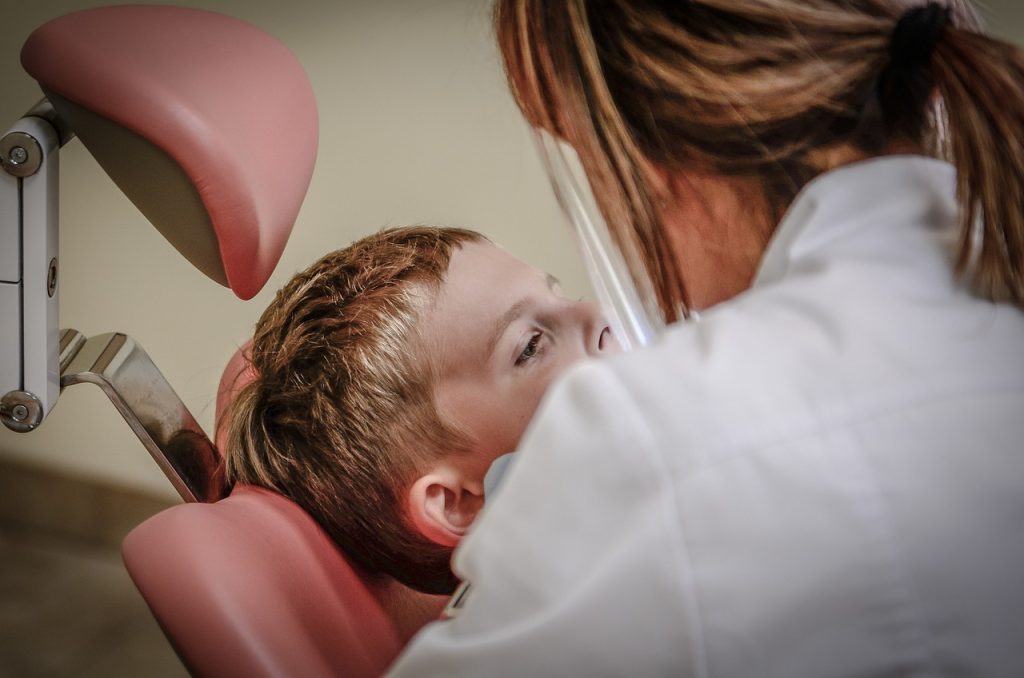
Myths and Misconceptions
Teething Causes Diarrhea and Fever
Contrary to popular belief, teething does not cause diarrhea or fever. While some children may experience mild gastrointestinal symptoms during tooth eruption due to increased saliva production and the desire to chew on objects, these symptoms are not directly caused by teething. If your child develops a fever or diarrhea during tooth eruption, it is important to consult with a healthcare professional to rule out other causes.
Teething Lasts for Months
Teething is a continuous process that can last for several years, as new teeth continue to erupt until adolescence. However, the symptoms associated with tooth eruption, such as pain and discomfort, are usually temporary and subside once the tooth has fully emerged. It is important to differentiate between the ongoing process of tooth eruption and the temporary symptoms that accompany it.
Conclusion
Tooth eruption is a normal part of childhood development, but it can cause pain and discomfort for children. Understanding the process of tooth eruption, recognizing the signs and symptoms of tooth eruption pain, and managing it effectively are important for both parents and caregivers. By providing appropriate home remedies, seeking professional help when necessary, practicing preventive measures, and dispelling myths and misconceptions, you can help your child navigate the journey of tooth eruption with minimal discomfort. Remember, good oral hygiene and regular dental check-ups are key to maintaining healthy teeth and gums throughout your child’s life.



